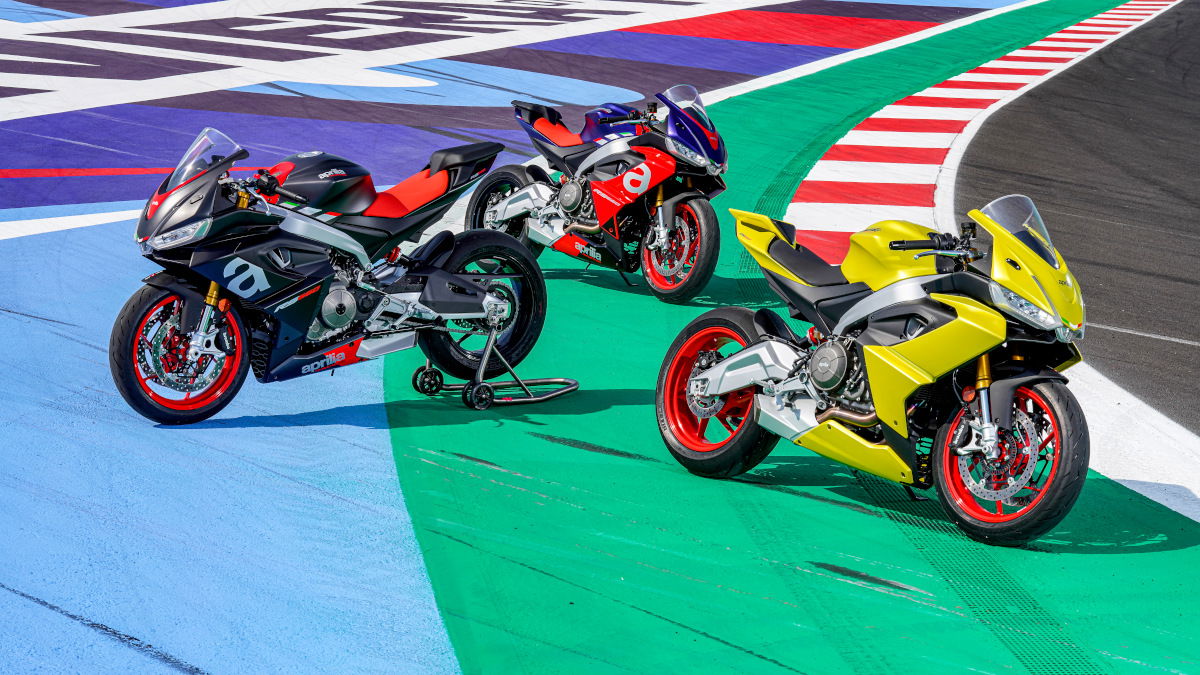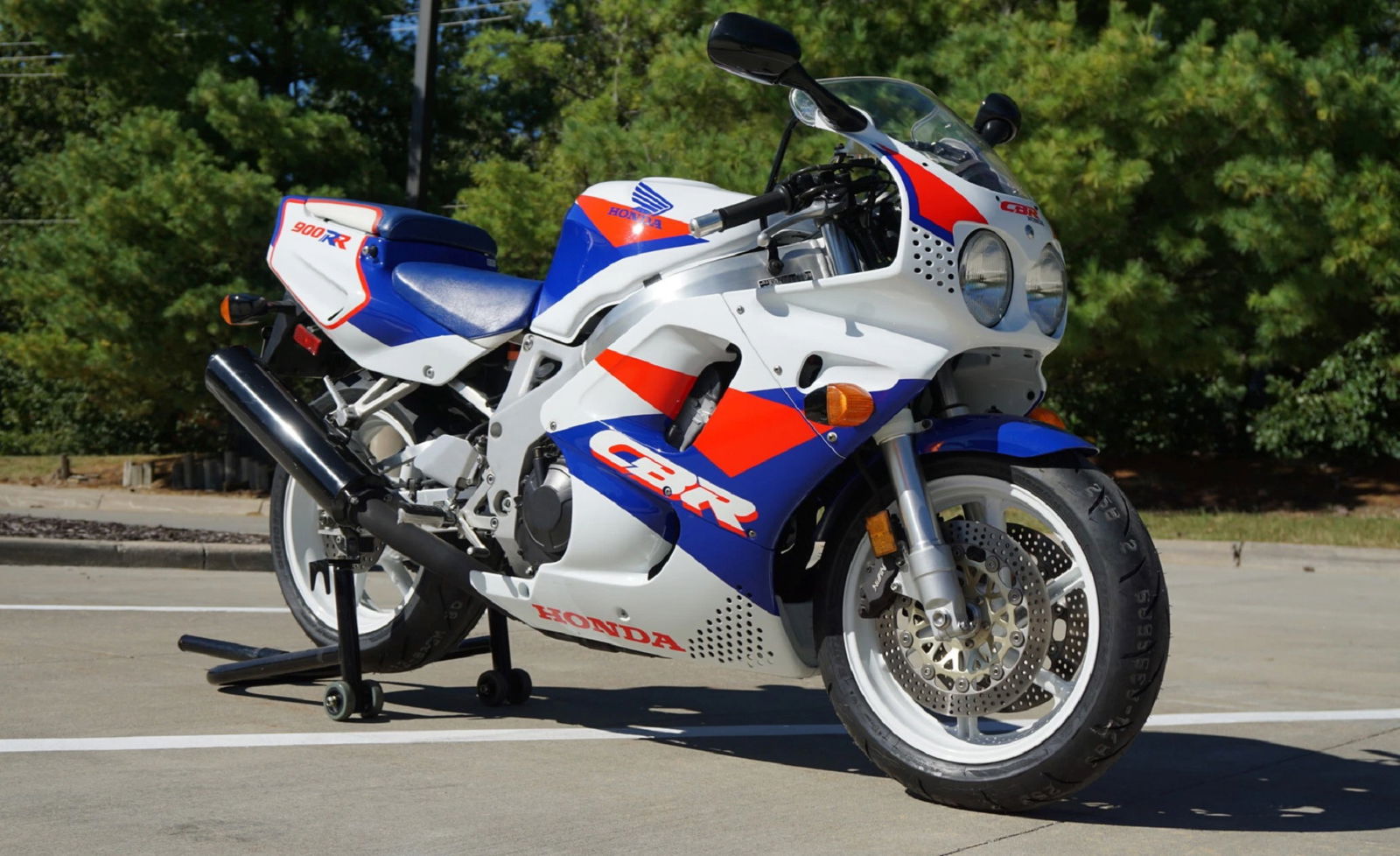Little screamers | Two-stroke icons punching above their power-to-weight ratio
Explosive power bands, shrieking exhausts, the distinctive aroma of blue smoke... remembering the small but very mighty 125-250cc two-stroke classics
![suzuki-rg-250-gamma-1985[1].jpg](https://cdn.visordown.com/field/image/suzuki-rg-250-gamma-1985[1].jpg?width=1600&aspect_ratio=16:9)
Few expected to be saying the words ‘new’ and ‘two-stroke’ in the same breath in 2021, but the arrival the British designed, two-stroke engined Langen - which made its public debut at the Goodwood Festival of Speed last weekend - has given us all the nostalgic vibes.
Naturally, the signature traits that prompted a shift away from two-strokes in the first place – the explosive power bands, the shrieking exhausts, the distinctive aroma of blue smoke - have been given a modern makeover for 2021 on the Langen.
But that hasn’t stopped us thinking back to a time when emissions controls were the future’s problem and the shrill sounds were associated with fun rather than being a nuisance.
No category of motorcycling was more synonymous with two-strokes than the 125-250 class, where lightweight chassis’ and screaming rev-hungry engines made them a riot to ride. After all, who needs power when you have the ultimate power-to-weight ratio?
But which do we remember most fondly? We’ve set the upper bar at 250cc and believe us, it wasn’t easy whittling it down to a mere 10…
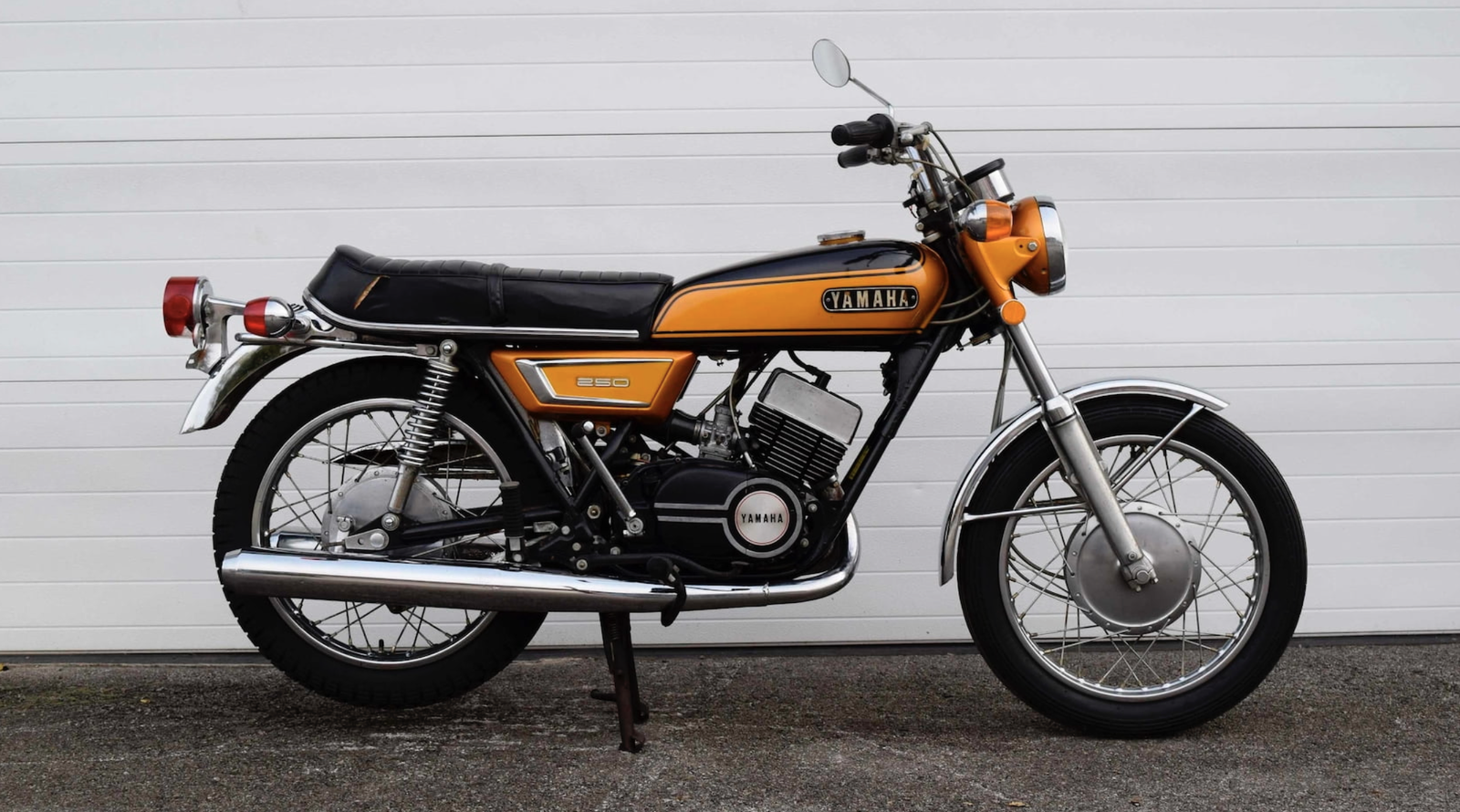
Yamaha RD250 (1972-1979)
Of all the Japanese marques none is more closely associated with smaller two-strokes – and usually twins – than Yamaha. And arguably none of the Japanese marque’s two-stroke road bikes have been more significant than the 1970s RD250.
Launched alongside the larger RD350 in 1972, its ‘RD’ designation standing for Race Developed (which, considering its TZ lineage was completely true), the learner-legal 250, with a class-leading 30bhp was simply the fastest, most desirable 250 of the decade.
Originally with rather drab, curvy styling it was restyled into its classic, angular, ‘coffin-tanked’ form with the RD250C of 1976 from when it symbolised the 1970s alongside the Ford Capri, Oxford bags and The Rubettes.
Then it got better yet. The 1977 250D got (optional) cast wheels in place of the C’s wires, a disc not drum rear and a new seat/tailpiece, while the 1978 E got electronic ignition and optional red alloys and the final 1979 F got dog-leg levers. All were fabulous, especially in jazzy Kenny Roberts-inspired yellow/black speed-block or traditional Yamaha white/red.
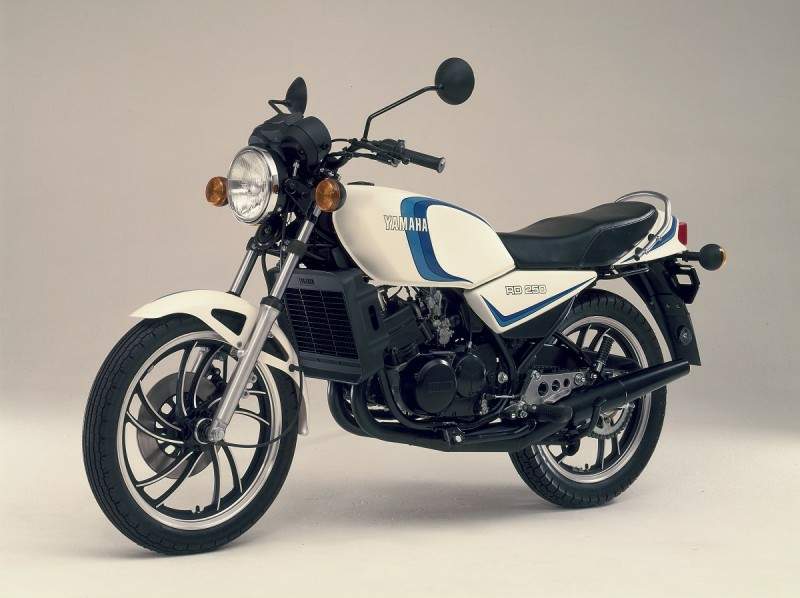
Yamaha RD250LC (1980-1982)
Yes, it’s a story that’s been told many times before, but the 250 stroker that was so bad and brilliant it killed off the 250 learner law is a certainty to be included here.
The successor to the RD250, the LC was intended to claim its performance crown back from Suzuki’s 1978 lightweight, ‘ton-up’ GT250X7.
Tightening Californian emissions regs dictated the new bike was targeted primarily at Europe, instigated the involvement of Yamaha Europe in Amsterdam and with it Brits such as product planner Paul Butler (later Kenny Roberts team manager), test rider Dave Bean and stylish Mike Ofield.
A brief to create a ‘TZ for the street’ led to the pioneering introduction of liquid cooling (hence LC), cantilever monoshock rear suspension and blacked out styling (in place of ‘70s chrome).
Together with its dominance of 250 production racing, a sister RD350LC that had a starring role in ITV World of Sport televised ‘ProAm Challenge’ and the publicity generated by Roberts and Barry Sheene, the Yamaha RD250LC was the media darling of its time.
No 250 before or since has caused such a sensation.
![suzuki-rg-250-gamma-1985[1].jpg](https://cdn.visordown.com/suzuki-rg-250-gamma-1985[1].jpg?width=1600)
Suzuki RG250 Gamma (1983-1987)
Suzuki almost created as big a sensation with its response to the RD250LC – almost, but not quite.
The successor to the GT250 X7 gained the Gamma tag in reference to Suzuki’s then world championship-winning RG500 Gammas and was, in most respects, the first true racer replica and a seismic advance over the 250LC.
Its liquid-cooled 247cc twin produced an LC-whopping 45bhp, its ultralight, box-section aluminium frame and Full Floater rear suspension were both firsts, it had disc brakes front and rear and, perhaps most importantly of all, it had swooping, GP inspired bodywork including a sporty, frame-mounted fairing.
Unfortunately, however, from 1983 a law change meant leaners were now restricted to 125s and the Gamma was also pretty pricey, but it and its successors certainly ushered in a new era of GP-alike 250 street two-strokes.
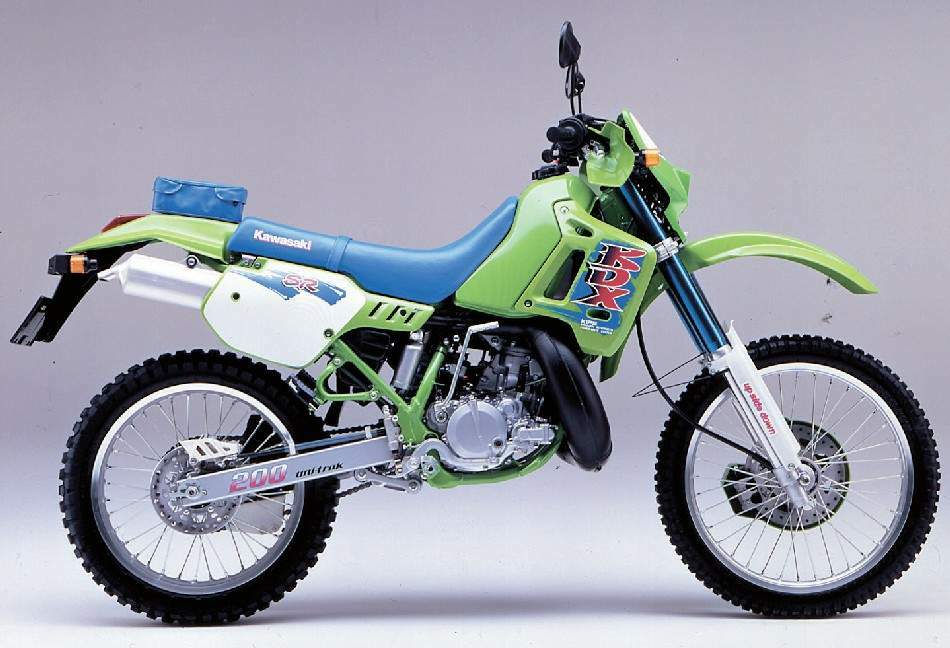
Kawasaki KDX200 (1983-2006)
We just had to include a two-stroke dirt bike – but which?
Being road legal ruled out full bore mental motocrossers such as Yamaha’s YZ465 or Honda’s landmark CR500. Softer trail bikes, particularly those from the 1970s and early ‘80s such as Yamaha’s DT175MX or Suzuki’s TS250ER were tempting. We even gave consideration to those classic trials strokers from the ‘70s, bikes like OSSA’s Mick Andrews Replica (MAR) or the legendary Montesa 247 Cota.
Ultimately, however, we went for Kawa’s long-loved, road-legal enduro that managed that rare trick of being both novice friendly yet also good enough for expert competition success.
Its 198cc stroker single delivered the perfect blend of flexibility and performance; it was light and didn’t intimidate yet grown-up, effective, simple and affordable.
In fact it was so good we dearly wish they were still available today…

Yamaha SDR200 (1987-1992)
The Yamaha SDR200 is proof that that less can be more.
Performance two-strokes have always been about maximising power but minimising weight and Yamaha’s featherweight, ultra-slim SDR – so much so that it gained the nickname ‘The Whippet’ – is surely the ultimate example.
Intended for the Japanese domestic market but making it to the UK, as with much early 1990s exotica, as a ‘grey import’, the SDR was powered by a reworked 35bhp version of the liquid-cooled, two-stroke single from the DT200 trail bike but held in a bespoke, ultra minimalist tubular steel trellis frame with single seat and slimline tank.
With no fairing, a single disc and no excess, dry weight was just 105kg and, as a result performance was lively and its handling ultra-nimble.
Few were sold, however, especially in the UK, with fewer still surviving, but the Whippet can still lay claim to being one of the purest – and most exciting – lightweight two-stroke roadsters ever built.
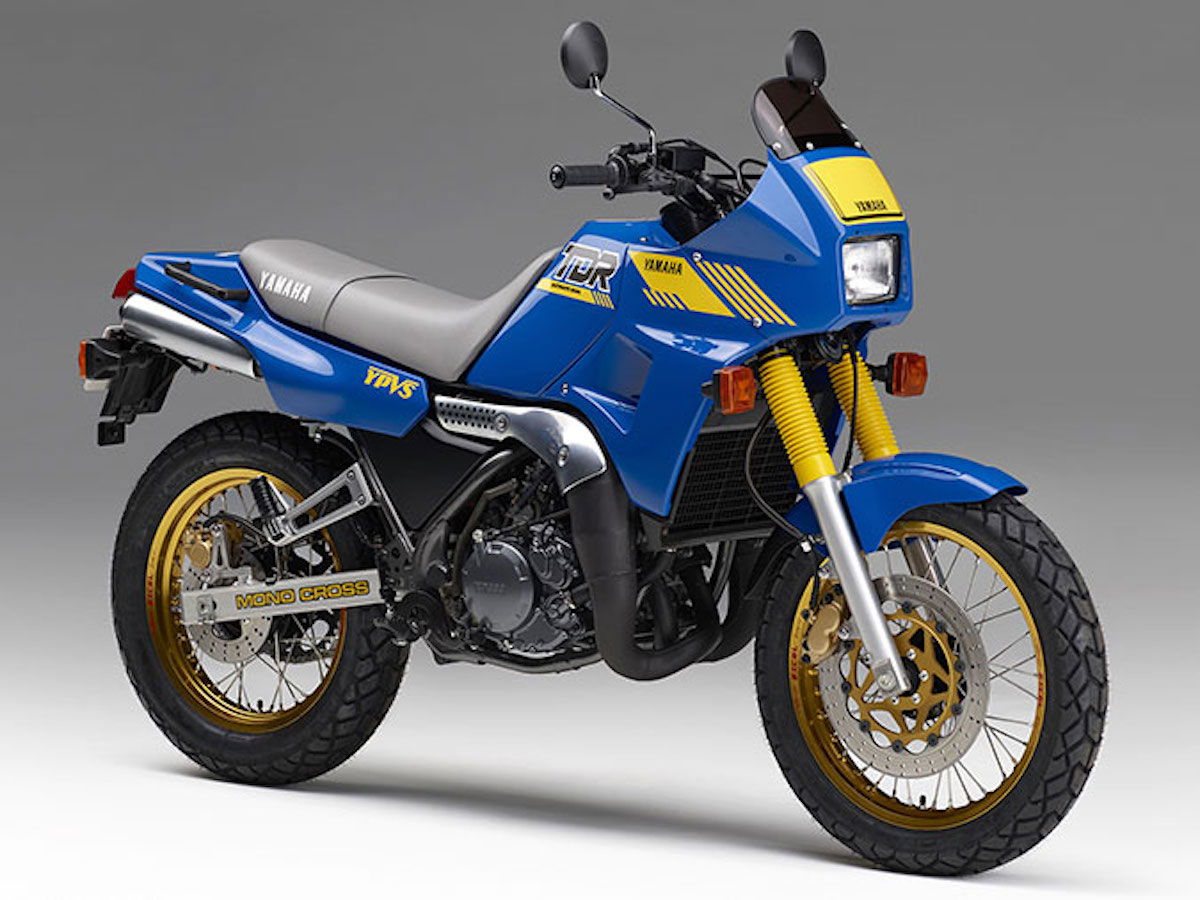
Yamaha TDR250 (1988-1993)
Another brilliant lightweight two-stroke that exemplifies Yamaha’s occasional ability to sometimes go rogue with something a touch left field.
The Yamaha TDR250 was basically a street, ‘supermoto’ style version of its TZR250 sports stroker twin with a screaming 46bhp, ultra-nimble handling and an upright, semi-motocross posture and style that brought the hooligan out of all who rode it.
It was also, in many ways, years before its time with underseat exhausts seven years before the Ducati 916 bowed and a supermoto attitude before supermoto had actually caught on.
As a result, despite all who rode it falling in love, its unconventional image and limited practicality meant it wasn’t a commercial success.
Today, however, the TDR is considered a modern classic and rightly revered as one of the greatest street strokers of all.
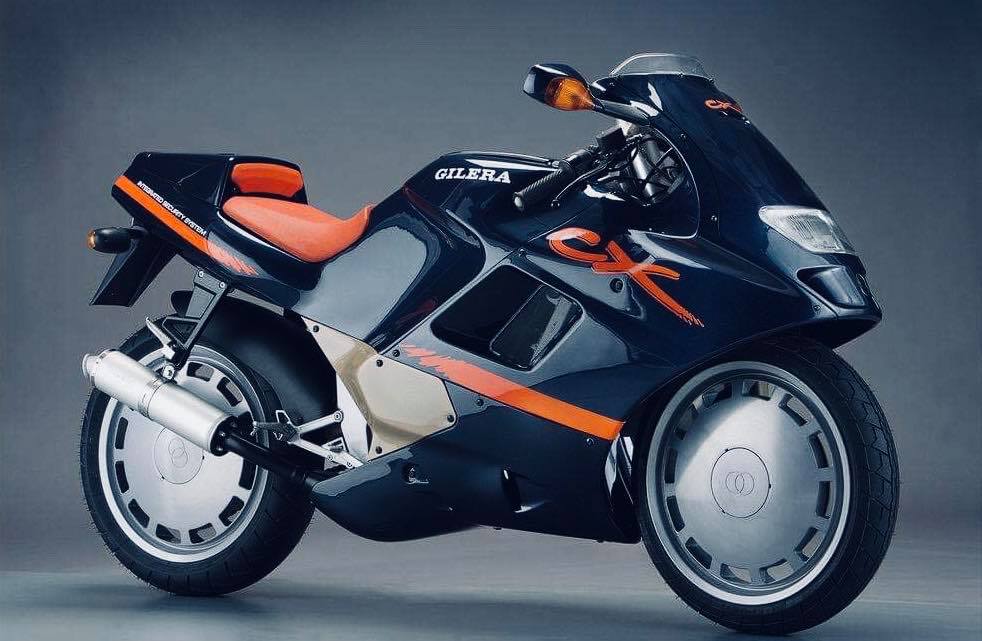
Gilera CX125 (1991)
Of course you didn’t ‘have’ to get a 250 to appreciate the benefits of a lightweight two-stroke and there were a number of 125s during the 1990s that continue to get us misty-eyed
The early 1990s was the golden era of sporty Italian 125cc strokers – and Gilera’s bonkers but brilliant CX 125 stands out for its spec (impressive) and style (jury has been out for 30 years now…)
Unveiled as a prototype at the Milan Show in 1989, the CX is a bike so bonkers few expected it would ever enter production – but it did. Designed by Federico Martini (who in a previous life came up with the equally radical Bimota DB1) it stands out – quite literally – for its radical single-sided arm suspension front and rear which, from the right hand side, gives the impression the wheels aren’t attached at all.
They are, of course, to a state of the art liquid-cooled, 125cc two-stroke screaming out 30bhp and twin spar chassis all dressed in space age bodywork.
Unfortunately, the CX was also relatively heavy (compared to more conventional rivals such as the Aprilia AF1) so lacked their performance and was pricey, too, limited its commercial success.
But for a brief, fleeting moment in the early 1990s, it seemed like the space age had come…
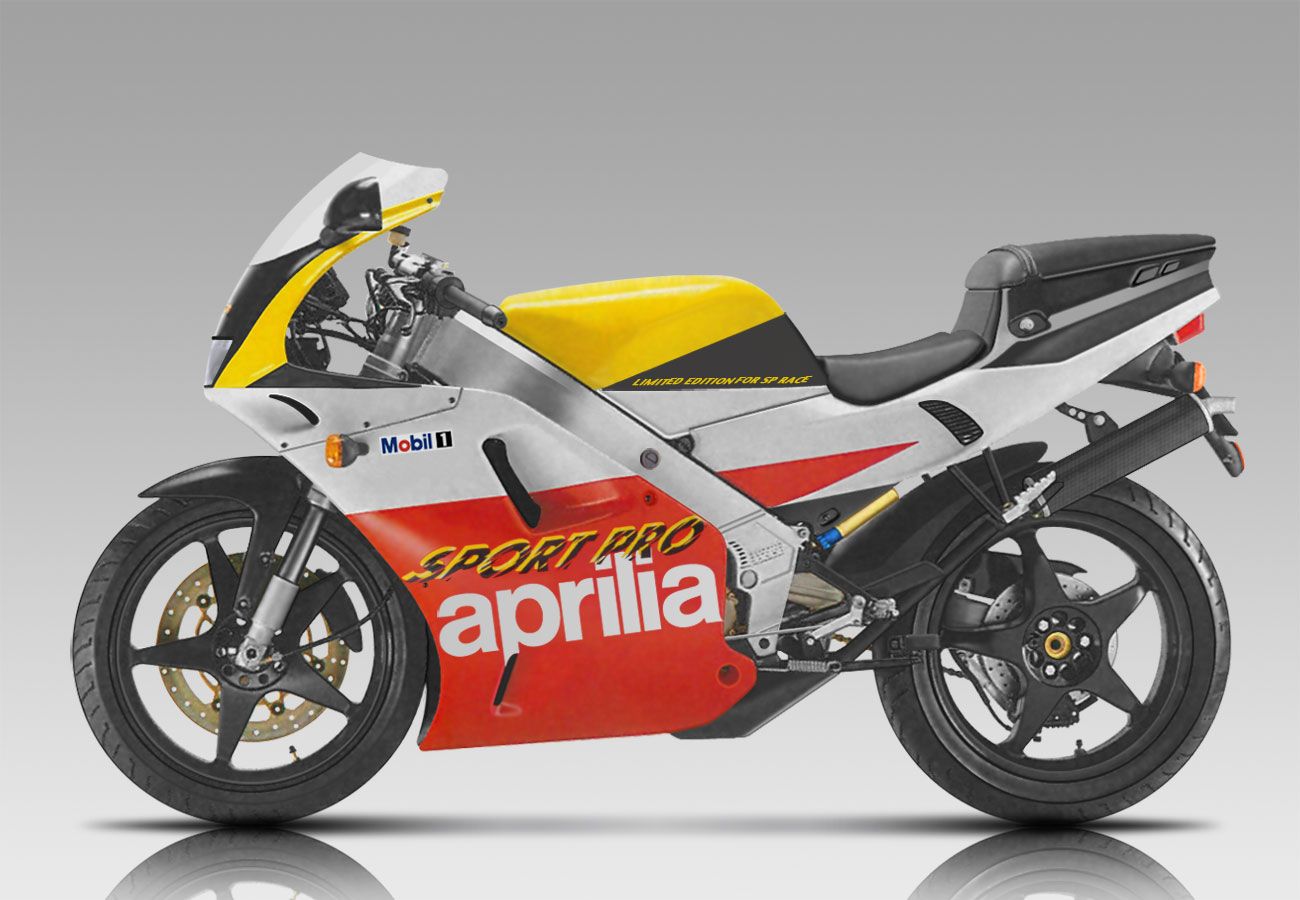
Aprilia AF1 125 Sport Pro (1992-1993)
Gilera’s CX125 may have gained its inclusion here on the basis of its radical looks and suspension, but the early 1990s was actually rammed with equally deserving Italian 125cc sports strokers.
Gilera also had its GP-01, Cagiva its legendary, gorgeous Ducati 916-aping Mito (some of which even had seven gears so must have been faster) but best of all, in our book, was the exquisite Aprilia AF1 in 1992’s top spec ‘Sport Pro’ guise.
Simply, it had it all. It’s screaming liquid-cooled stroker single produced a whopping 33bhp in a knife-edge powerband. It had an aluminium twin spar chassis, RC30-alike single sided swing arm, inverted forks, Brembo brakes, fat tyres and GP-alike bodywork. I
In short, if you wanted the most GP-alike bike in 1992 you wanted this Aprilia 125, not a big lumbering four-stroke. It even had an electric starter. It handled, steered and stopped as well as it looked, too. Exquisite.
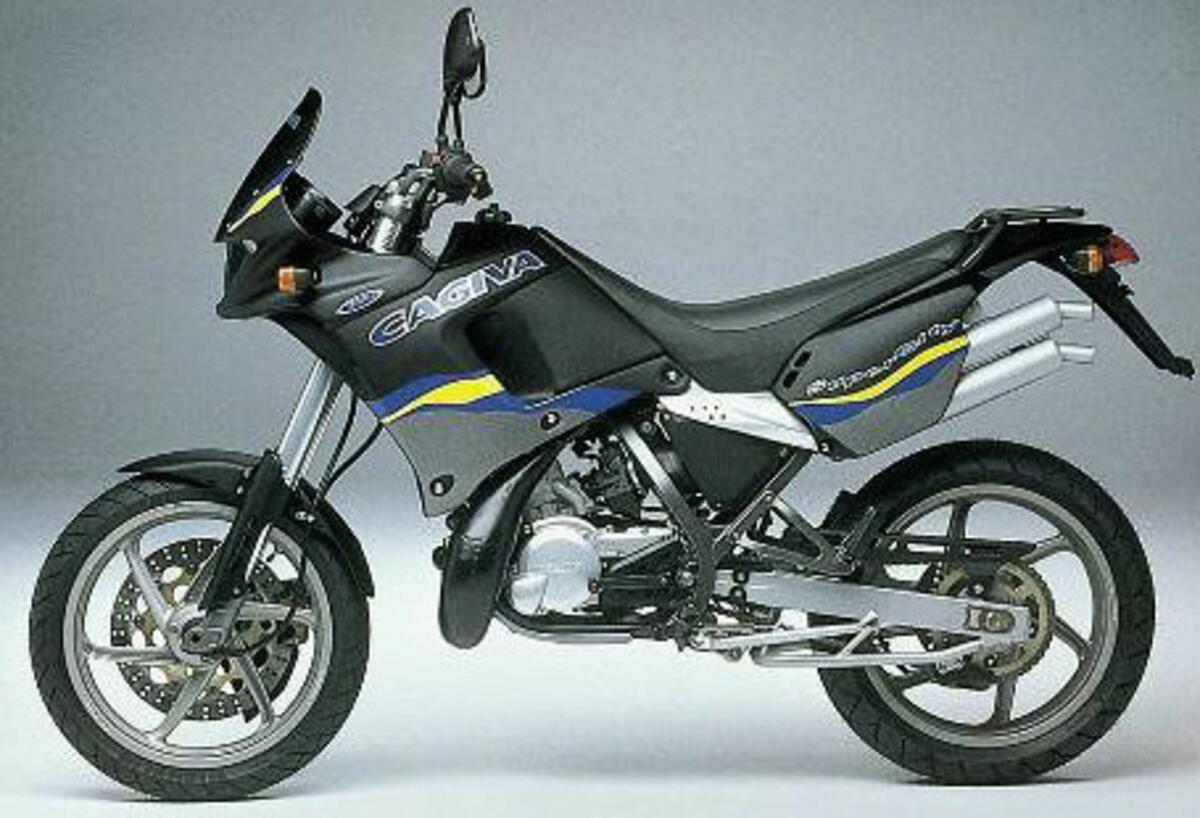
1992-1999 Cagiva Super City 125
We may have ranked Cagiva Mito 125 behind the Aprilia AF1 in terms of sports stroker 125s but the screaming little pocket rocket did have a sister bike that’s worthy of inclusion.
The Super City 125 of 1992 was effectively a 125cc, single cylinder version of Yamaha’s TDR250 of four years earlier but being an upright 125 to make it appeal to learners, was drenched in Italian exotica and - in our eyes - was better looking.
In many ways it was the ultimate learner 125 boasting all the performance of the Mito - 30bhp unrestricted, 15 if you were being legal-ish - and with just as high spec cycle parts, yet came in an upright, street scratching form.
Of course it wasn’t sensible at all, a bit dinky for larger riders and expensive, too, but if I was 17 again and it was 1992 once more, the Super City would be the poster bike on my bedroom wall…
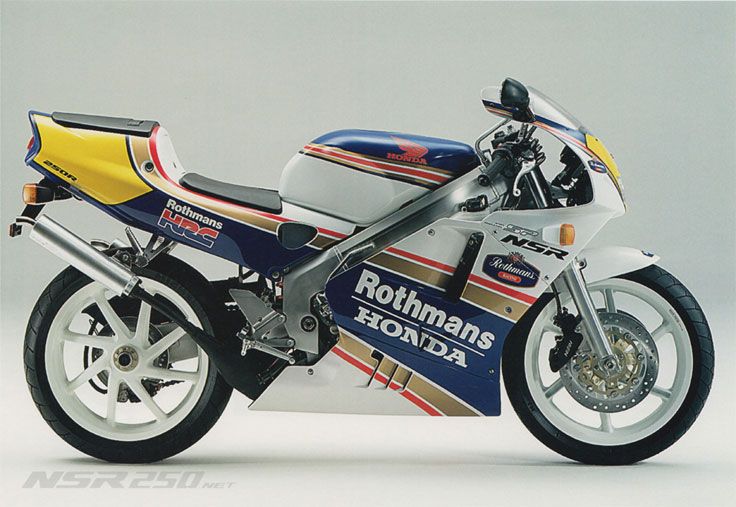
Honda NSR250 [MC28] (1996)
Two-strokes brought us a whole generation of twin cylinder, GP-replica sportsters first inspired by the Suzuki 1983 RG250 that filled roads and race tracks for the next dozen years or so with screaming exhausts, hooligan handling and reputations for big thrills on low budgets
It also gave rise to the so-called ‘grey import’ that saw the Suzuki RGV250, Kawasaki KR-1S and Yamaha’s TZR250 find their way onto UK streets.
However, the pick of the bunch was Honda’s simply astonishing NSR, particularly the mouth-watering incarnation of Honda’s V-twin.
The original NS250R (with the internal reference of MC11) debuted in 1985 as a junior version of the NS400 – but things quickly progressed. The all-new NSR250R (MC16) came in 1987 with new alloy twin spar frame and cassette gearbox.
The completely new MC18-I followed just a year later with computer-controlled induction; the face-lifted MC18-II with more upswept exhausts came in 1989 and the exquisite MC21, now with ‘gullarm’ rear suspension and further updated styling came in 1990.
But the most glorious of all was surely the 1994 MC28 with single-side Pro-Arm suspension, Smart Card ignition and the world’s first digital display. Throughout its life SE and SP versions, often with magnesium wheels, dry clutches and Rothmans replica paint, were offered throughout.
To us the Honda NSR250 SP MC28 in Rothmans replica paint is not just the most desirable NSR but one of the most desirable machines of its generation that brings back some very fond memories today.
